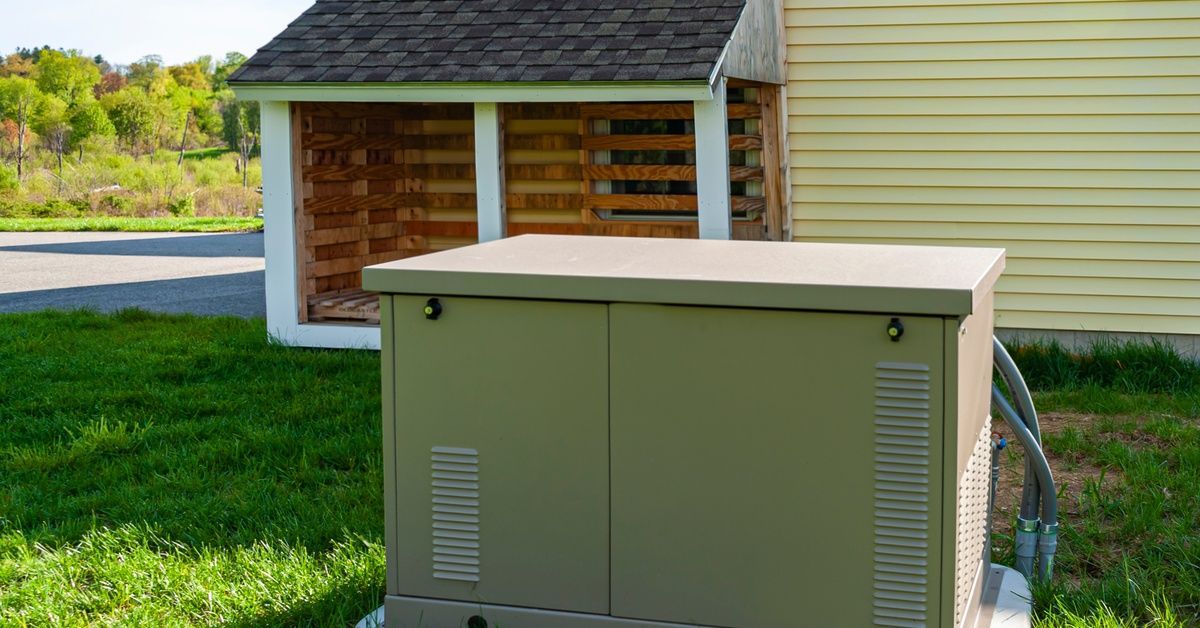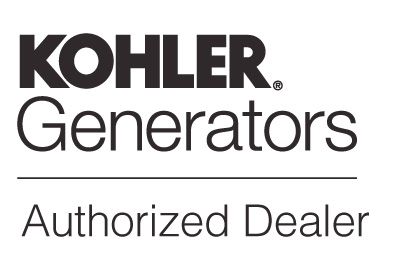Calculating How Much Power You Need for Your Home Generator
Homeowners should invest in a whole-home generator to ensure they are adequately prepared for power outages. Generators are available in different sizes to meet varying wattage needs. If you’re considering purchasing a standby generator, you may be asking yourself, “What size generator will meet my needs?" This guide will walk you through the steps to calculate how much power you need in an outage and determine the right size generator for your home.
Determine Essential Appliances and Home Systems
The first step is determining what devices or systems in your home you need the generator to power during an outage. Homeowners should take note of critical devices such as their refrigerators, water heaters, and heating and cooling systems. Don’t forget about lighting, medical devices, or home office equipment if you work remotely.
Once your list is complete, find out the amount of power it takes to run the device, measured in watts. If an item’s energy usage is listed in amps, you will need to convert the units with the formula: watt = amps x volts. If you can’t find this information listed on a product label or owner’s manual, use an approximate number using online resources.
Calculate Running and Starting Wattages
Running wattage refers to the amount of electricity necessary to keep a device running, which you’ve found in the previous step. The next step is adding the total number of running wattages for essential devices and home systems. However, this is not the final total of power you need in an outage because you need to calculate starting wattages.
As its name suggests, a starting wattage is the amount of electricity needed to power a device initially and mainly applies to appliances with motors. Typically, the starting wattage is between two and four times higher than the running wattage. For example, a refrigerator might need 800 watts to run but could require up to 1,600 watts to start. This is sometimes called a “surge wattage” because a standby generator only needs to temporarily provide this wattage.
Calculate Your Total Wattage
Now that you have found the running and starting wattages, you can calculate how much power your home generator should have. You will need the sum of all running wattages and the highest starting wattage among your essential devices and home systems. Add these two numbers together to estimate the total wattage you need from a generator. The ideal standby generator for your home should power this wattage at no more than 80–90 percent of its total capacity.
Once you’ve calculated your power needs, the next step is to consider generator installation services. Choose to work with NW Generators for quality whole-home generator installation, repair, and maintenance. Our team of professionals can help you find the perfect generator to fit your requirements, providing you with the ultimate peace of mind during power outages.






